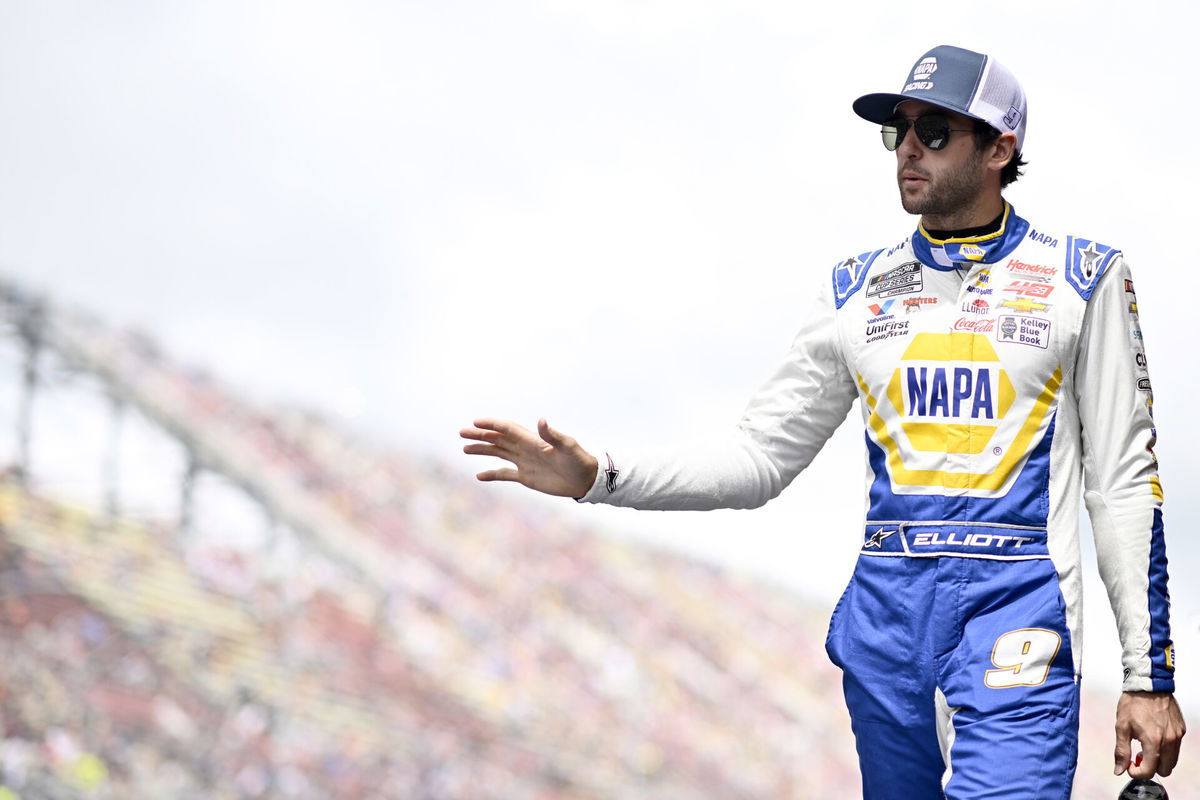
Getty
BROOKLYN, MICHIGAN – AUGUST 18: Chase Elliott, driver of the #9 NAPA Auto Parts Chevrolet, waves to fans as he walks onstage during driver intros prior to the NASCAR Cup Series FireKeepers Casino 400 at Michigan International Speedway on August 18, 2024 in Brooklyn, Michigan. (Photo by Logan Riely/Getty Images)

Getty
BROOKLYN, MICHIGAN – AUGUST 18: Chase Elliott, driver of the #9 NAPA Auto Parts Chevrolet, waves to fans as he walks onstage during driver intros prior to the NASCAR Cup Series FireKeepers Casino 400 at Michigan International Speedway on August 18, 2024 in Brooklyn, Michigan. (Photo by Logan Riely/Getty Images)
Is there a Science of Grip? And why is Dover’s Monster Mile a test for the New Tire compound? Few factors in NASCAR can derail a racing plan more quickly than an erratic tire compound, particularly at Dover Motor Speedway, a track that amplifies every aspect of setup accuracy. Chase Elliott is all too familiar with this. He demonstrated the ideal balance between aggressive restarts and tire management in 2022, dominating the “Monster Mile” with a decisive victory following a late-race restart.
Watch What’s Trending Now!
A year later, in 2023, his weekend fell apart early when his Goodyear rubber deteriorated significantly during practice, forcing changes that never really worked. In a weekend where crew chiefs had to forgo planned strategies and risk pit cycles due to tire fall-off, Elliott ended outside the top 10. It served as a sobering reminder that tires at Dover define the event, not merely affect it.
ADVERTISEMENT
Dover’s New Tire could define Chase Elliott’s season
The narrative recurs in 2025, but this time it is more incisive. No Cup Series driver has tested the new compound that Goodyear has introduced to the high-banked concrete track before the green flag. Elliott and the No. 9 Hendrick Motorsports team have to swiftly figure out the technical variable that this uncertainty introduces. “At the moment, I don’t know because I haven’t spent any time on it,” Elliott admitted during his pre-race availability.
“You kind of make your best guess off of the information that you have in front of you… I feel like you know that stuff is always more of an educated guess when you are coming to these places for the first time. I am sure the track being fresh like it is right now, the Xfinity guys are fixing a good run… but uh, hopefully there will be some rubber down tomorrow that would certainly help, um, concerns as the races gets going.”
He is uncertain because last year’s experience showed that tire performance drastically changed after only a few laps of rubber buildup, forcing teams to adjust their tactics in real time. That experience serves as both a warning and the framework for Elliott’s strategy this weekend.
ADVERTISEMENT
Teams are relying largely on simulations, historical compound profiles, and surface behavior studies because there aren’t any pre-race laps on the compound, as Elliott hinted. Experience, data modeling, and well-informed conjecture are all key components of this process. “You try and dissect any similarities that the tire this weekend might have to a change that we’ve maybe already seen throughout the year,” he said. Any change in grip profile immediately affects aero balance and corner exit throttle timing at a track where braking zones are constricted by severe 24-degree banking and corner entrance speeds surge above 170 mph.
Other drivers and teams share similar concerns. Tyler Reddick noted earlier in the week, “We’ve seen that even a small compound tweak at a place like Dover can swing tire wear by 20–30%. That changes everything—your long-run car, your pit sequence, even your mental clock behind the wheel.” Meanwhile, 23XI Racing’s competition director Mike Wheeler added that “this tire has slightly different heat retention characteristics compared to the previous Dover setups, and that affects cross-load management, which is a big deal here.” Over the 400-lap Dover racetrack, where rubber accumulation or lack thereof affects lap times by almost a second from the beginning to the end of a fuel run, this heat retention becomes crucial.
ADVERTISEMENT
Elliott referenced how, last season, teams “corded tires within just a handful of laps in practice,” signaling just how narrow the margin can be if the compound doesn’t react well to track rubbering.
Elliott and his team aren’t only trying to make lap time as the green flag approaches; they’re also trying to figure out a compound they haven’t run on a track that doesn’t provide second chances. The difficulty is technical. It’s a personal urgency. Additionally, the race could define one’s career.
Top Stories
Another Almost Fatal Disaster Surfaces From Statesville Airport Amidst Ongoing Greg Biffle’s Crash Investigation
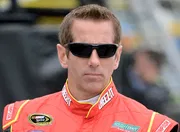
The Retirement Question – What Happens if Kyle Busch Fails in 2026?
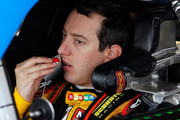
What Is NASCAR’s 5-Strike Rule That Could Change Its Future? Check All Details Here
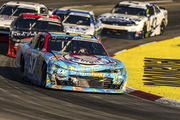
Dale Jr’s CARS Tour’s Powerful Greg Biffle Tribute Has NASCAR Fans Making One Emotional Demand
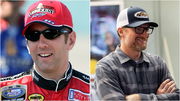
Horrific Aerial Footage of Greg Biffle’s Fatal Crash Emerges Leaving NASCAR Community in Tears
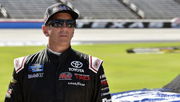
ADVERTISEMENT
Chase Elliott’s Dover tire gamble starting first, flying blind
After rain wiped out all on-track action on Saturday, Chase Elliott will start Sunday’s Cup Series race at Dover Motor Speedway from the pole position not by posting the best lap, but according to NASCAR’s metric formula. Elliott and the rest of the field will take the green flag without completing a single lap on Goodyear’s brand-new tire compound for this track, which is a trade-off for the clean-air advantage.
This is an important factor, not just a bother. The concrete surface of Dover is notorious for its difficult grip management and quick tire wear. The fact that drivers won’t be able to evaluate wear, deterioration, or balance until the race starts makes Sunday even more risky. Those unknowns have the power to completely alter the course of a run on a track with as much traffic as Dover.
However, Alan Gustafson, the crew chief, and Elliott have faced the unknown here before. Gustafson made the crucial decision to keep Elliott out on worn tires during a late caution in his victory at this same track in 2018. It was worthwhile. The choice was made based on confidence and in-race communication rather than simulation. Elliott later said, “I honestly thought it was the right move.”
ADVERTISEMENT
This weekend, the advantage might once more lie in relying on intuition rather than theory. This Sunday calls for more than just his prior success; it calls for him to solve problems in real time while driving. Not a practice. No information. It only takes a concrete mile and the green flag to figure it out. It’s a test of Elliott’s flexibility and might be a game-changer for him this season.
ADVERTISEMENT
ADVERTISEMENT
ADVERTISEMENT

